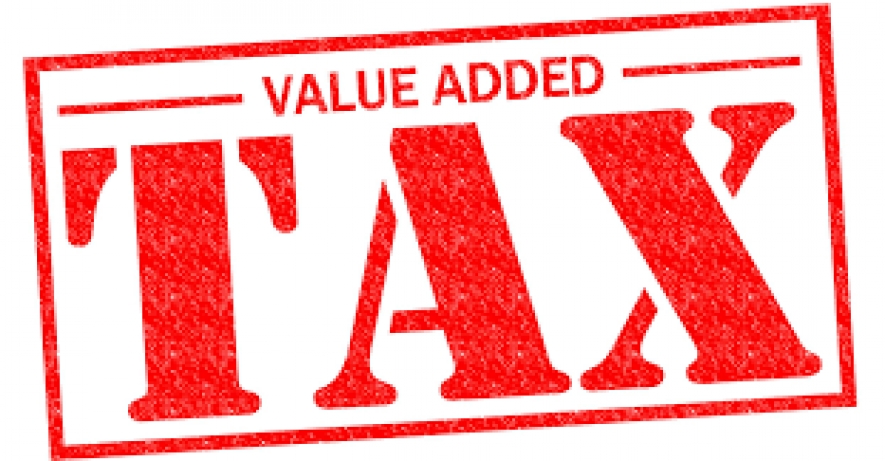The Finance Minister has announced that VAT will be increased from 14% to 15% in 2018 adding approximately R22.9 Billion to the fiscus.
The official date of implementation for this is the 1st of April 2018 as announced by the Minister. The draft bill is out for public comment and the legislation will therefore need to be passed within 12 months of this date. The finance portfolio committee is currently discussing and reviewing the VAT increase (there are talks that they are not happy with this increase as we all know this will affect every South African, more so the poorest of the poor)
With that being said, the law provides for date of implementation as the date announced by the Minister and as such to be safe we assume that this will be going ahead.
The golden rule on VAT is that it should be accounted for only when the time of supply happens, the time of supply is the earlier of payment or invoice.
1 Time an invoice is issued
2 Time any payment of consideration is received
Simply put, VAT is to be accounted for when invoice is issued or when payment is received.
Below are different scenarios which highlight as to when which rate can be applied.
– Good provided before 1st of April 2018 = 14%
– Goods provided after 1st of April = 15%
– Goods ordered before 1st of April 2018 and delivered between 1st of April 2018 and 22 April 2018 = 14%
– Goods ordered before 1st of April 2018 and delivered after 22 April 2018 = 15%
Companies have the choice not to increase their prices to account for the increased VAT. The result is simply less income from the same price because of the higher tax fraction to the South African Revenue Service. Once a company has decided to keep its price the same as before the April 1 increase, it cannot charge the additional VAT from its clients at a later stage. The VAT rate on a contract that was signed at the beginning of this year may be increased after April 1 to account for the increase. Even though a company decides to absorb the increase in VAT, it would still need to issue a tax invoice at 15%
The biggest complication with this will be for companies to have to run these rates concurrently, accounting systems such as SAP would need to be adjusted to allow for 2 rates to be used.
We seeing the VAT rate increase for the first time in 25 years, while it’s going to be a strain in preparing and implementing the change, the bring side is we’ll have somewhat of a learning curve in having to implement VAT rate changes, if that is worth anything for the future who knows, I’ll offer my services to other African countries that one day find themselves in this type of situation.
#GeniusLevel
